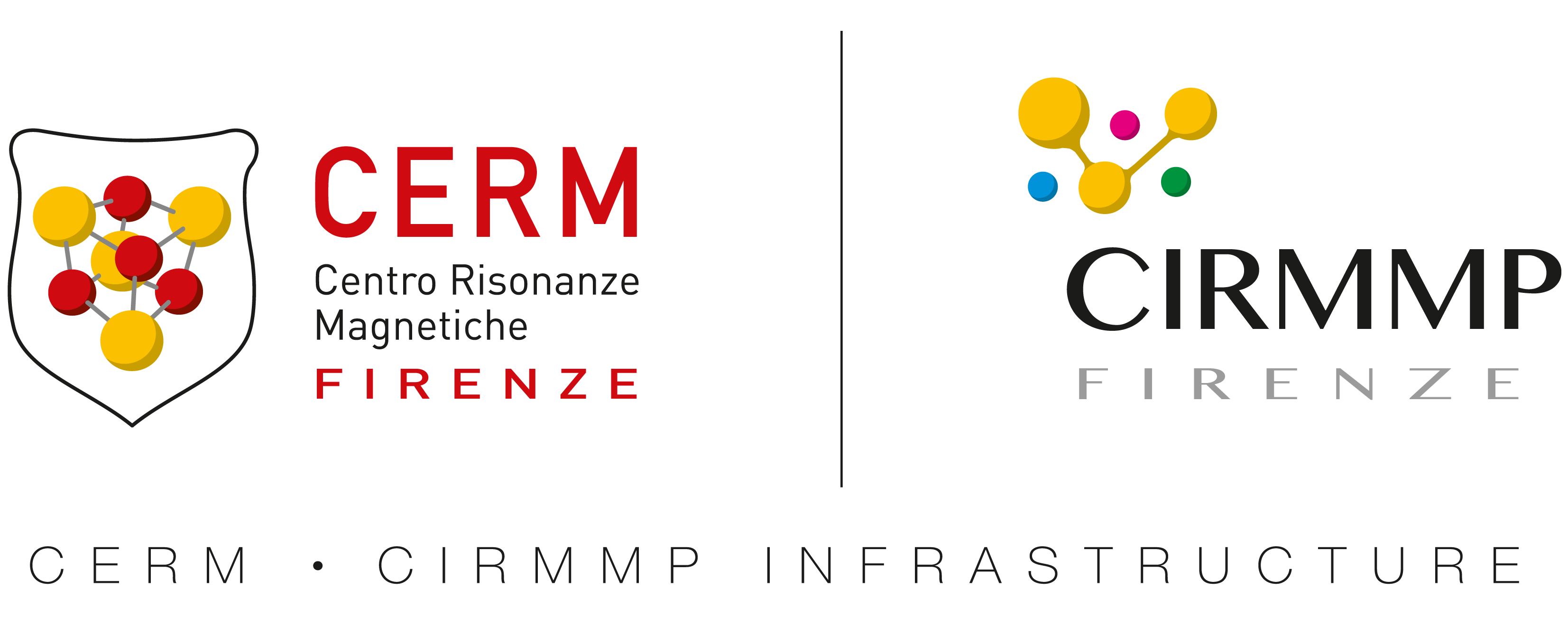Metabolomics(1) deals with the -omic analysis of low molecular weight metabolites present in biological samples. NMR is one of principal analytical techniques used in metabolomics(2). NMR is intrinsically quantitative and highly reproducible, and it allows for fast fingerprinting and profiling of a variety of samples. Current applications of metabolomics span from biomedicine (analyzing biofluids, tissues and cells) to agricultural sciences (analyzing food matrices).
A typical metabolomic workflow is made up of the pre-analytical phase, from sample collection to storage, and the analytical phase, including sample preparation and NMR measurements. Both phases comprise several steps that influence the final results. Validated and detailed procedures are required to improve the accuracy and the reproducibility of the analyses(3).
1H NMR based metabolomic analysis of biofluids, cells, and tissues provides a dynamic portrait of the metabolic status of an individual, permitting the simultaneous identification and quantification of metabolites and small intermediate molecules. The application of NMR-based metabolomics can be successfully exploited in different pathological contexts, providing significant information on a wide range of pathologies, such as breast cancer(4), colorectal cancer(5), cardiovascular diseases(6,7), down syndrome(8), coeliac disease(9). The contribution of 1H NMR metabolomics to precision medicine includes the characterization of the metabolic signature of diseases for diagnostic and prognostic purposes as well as the definition of individual susceptibility to medical and influence of environmental factors.
Metabolomics has demonstrated to be also a robust and fast tool to provide reliable information about the origin, traceability, and quality of agricultural products(10). Using NMR-based metabolomics it is possible to directly evaluate foodstuff in order to obtain information about provenience, and it is also possible to evaluate some chemical features that can be related to potential health benefits and organoleptic properties.
References:
1. Vignoli A, Ghini V, Meoni G, Licari C, Takis PG, Tenori L, et al. High-Throughput Metabolomics by 1D NMR. Angewandte Chemie - International Edition. 2019;58:968–94.
2. Takis PG, Ghini V, Tenori L, Turano P, Luchinat C. Uniqueness of the NMR approach to metabolomics. Trac-Trends in Analytical Chemistry. 2019;120:115300.
3. Bernini P, Bertini I, Luchinat C, Nincheri P, Staderini S, Turano P. Standard operating procedures for pre-analytical handling of blood and urine for metabolomic studies and biobanks. J Biomol NMR. 2011;49:231–43.
4. McCartney A, Vignoli A, Biganzoli L, Love R, Tenori L, Luchinat C, et al. Metabolomics in breast cancer: A decade in review. Cancer Treat Rev. 2018;67:88–96.
5. Bertini I, Cacciatore S, Jensen BV, Schou JV, Johansen JS, Kruhøffer M, et al. Metabolomic NMR fingerprinting to identify and predict survival of patients with metastatic colorectal cancer. Cancer Res. 2012;72:356–64.
6. Tenori L, Hu X, Pantaleo P, Alterini B, Castelli G, Olivotto I, et al. Metabolomic fingerprint of heart failure in humans: a nuclear magnetic resonance spectroscopy analysis. Int J Cardiol. 2013;168:e113-115.
7. Vignoli A, Tenori L, Giusti B, Takis PG, Valente S, Carrabba N, et al. NMR-based metabolomics identifies patients at high risk of death within two years after acute myocardial infarction in the AMI-Florence II cohort. BMC Med. 2019;17:3.
8. Caracausi M, Ghini V, Locatelli C, Mericio M, Piovesan A, Antonaros F, et al. Plasma and urinary metabolomic profiles of Down syndrome correlate with alteration of mitochondrial metabolism. Scientific Reports. 2018;8:2977.
9. Bertini I, Calabrò A, De Carli V, Luchinat C, Nepi S, Porfirio B, et al. The Metabonomic Signature of Celiac Disease. J Proteome Res. 2008;8:170–7.
10. Tenori L, Santucci C, Meoni G, Morrocchi V, Matteucci G, Luchinat C. NMR metabolomic fingerprinting distinguishes milk from different farms. Food Research International. 2018;113:131–9.

